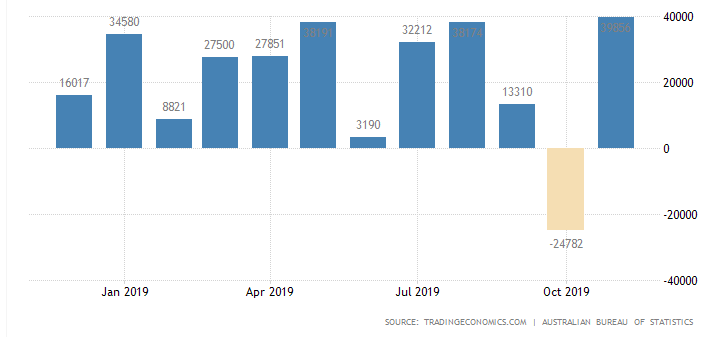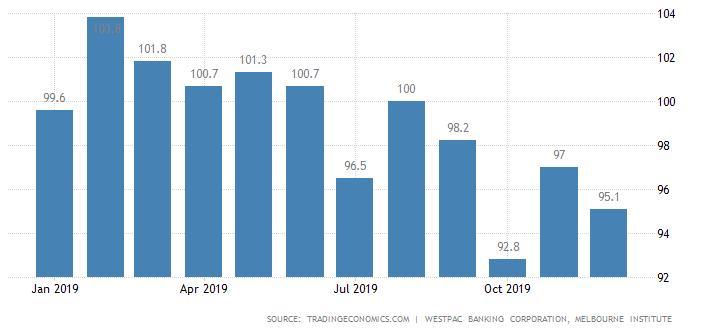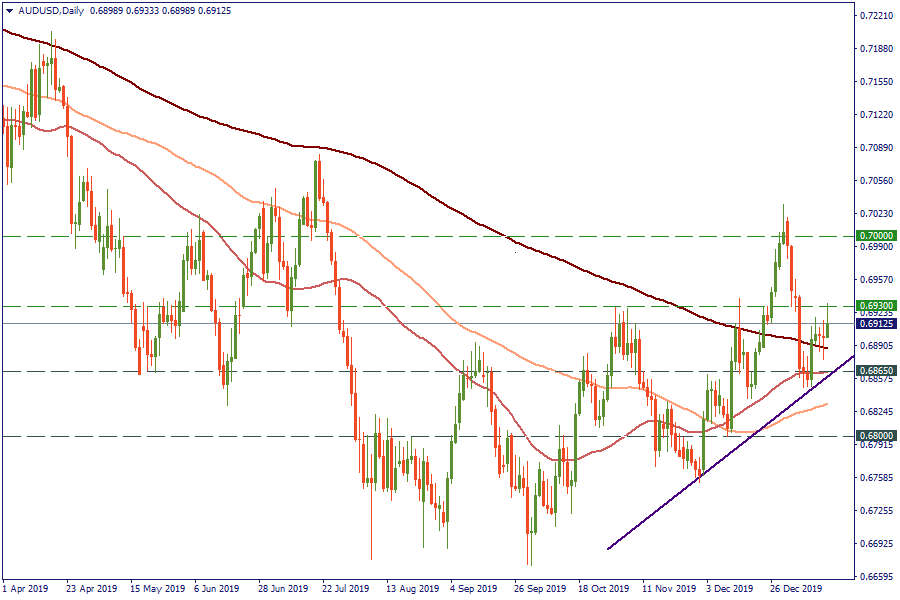
The G20 summit took place in Bali, Indonesia, on November 2022…

Don’t waste your time – keep track of how NFP affects the US dollar!
Data Collection Notice
We maintain a record of your data to run this website. By clicking the button, you agree to our Privacy Policy.

Beginner Forex Book
Your ultimate guide through the world of trading.
Check Your Inbox!
In our email, you will find the Forex 101 book. Just tap the button to get it!
Risk warning: ᏟᖴᎠs are complex instruments and come with a high risk of losing money rapidly due to leverage.
71.43% of retail investor accounts lose money when trading ᏟᖴᎠs with this provider.
You should consider whether you understand how ᏟᖴᎠs work and whether you can afford to take the high risk of losing your money.
Information is not investment advice
It seems like everything is getting worse for Australia. Despite a small relief connected with the US-China phase one trade deal, the economy of a country is set under pressure. As a result, the major analytical banks downgrade their forecasts on the performance of the AUD in the first quarter of 2020. As bushfires continue to pull the domestic confidence down and hints on the rate cut by the RBA keep circulating, let’s see how Morgan Stanley and ANZ forecast the further direction of the AUD.
Did you know about the bushfires in Australia? The record-breaking temperatures across the continent set the series of massive fires. According to economists, the fires in the Australian forests have already impacted the overall economic conditions, including employment levels, GDP, retail sales and consumer spending.
ANZ experts expect the decline in the number of jobs in December, as well as the negative GDP growth rate for the last quarter of 2019 and the first quarter of 2020, mentioning the fire crisis as a major risk. So, will we see a huge drop in employment levels after the surprising blast of 39.9 thousand jobs last time?
Employment change of Australia, quarterly

Sourced by: Tradingeconomics
The consumer confidence remains weak with 95.1 in December 2019. The survey shows that consumers prefer to save rather than spend, thus the household saving rate reached 4.8% in the third quarter of 2019, which is the highest level since 2017.
Consumer confidence of Australia, monthly

Sourced by: Tradingeconomics
Morgan Stanley agrees with the negative impact of bushfires, sending the Australian lower in the first quarter of 2020 on the softer domestic situation. It thinks the negative effect of fires on the GDP growth may even outperform the "Black Saturday" outcome, which killed 173 people in 2009.
Following the negative economic data, both Morgan Stanley and ANZ forecast the Reserve bank of Australia to cut its interest rate during the upcoming meeting on February 4. This will be yet another headwind to the AUD.
While there is only the 50% chance of a rate cut priced into the market, Morgan Stanley is sure that it is underpriced. As a result, the Australian dollar may fall down after the announcement. The next focus of economists will be on the release of employment data on January 23. A strong job report may lower the possibility of a cut.
While the AUD/USD pair has got positive momentum on the risk-on environment, sticking above the 200-period SMA, analysts expect the limited optimism. So, the fall towards the 50-day SMA at 0.6865 may happen soon. After that, the next key level will lie at 0.68. If the pair reaches this level in the first quarter we may suggest the ANZ forecast for June 2020 to be correct. The bank sees the aussie at 0.66 in June 2020.
From the upside, AUD/USD is limited by 0.6930 with the following peak at 0.7.


The G20 summit took place in Bali, Indonesia, on November 2022…

The deafening news shocked the whole world yesterday: the British Queen Elizabeth II died peacefully at the age of 96…

After months of pressure from the White House, Saudi Arabia relented and agreed with other OPEC+ members to increase production.

eurusd-is-falling-what-to-expect-from-the-future-price-movement

Greetings, fellow forex traders! Exciting news for those with an eye on the Australian market - the upcoming interest rate decision could be good news for Aussies looking to refinance or take out new loans. The Mortgage and Finance Association Australia CEO, Anja Pannek, has...

Hold onto your hats, folks! The Japanese yen took a nosedive after the Bank of Japan (BOJ) left its ultra-loose policy settings unchanged, including its closely watched yield curve control (YCC) policy. But wait, there's more! The BOJ also removed its forward guidance, which had previously pledged to keep interest rates at current or lower levels. So, what's the scoop? Market expectations had been subdued going into the meeting, but some were still hoping for tweaks to the forward guidance to prepare for an eventual exit from the bank's massive stimulus
Your request is accepted.
We will call you at the time interval that you chose
Next callback request for this phone number will be available in 00:30:00
If you have an urgent issue please contact us via
Live chat
Internal error. Please try again later